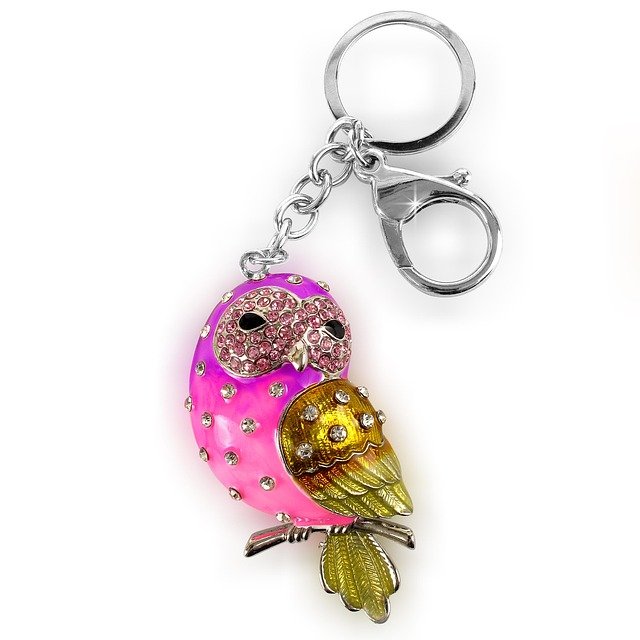Pendant Design, Metalwork Techniques, and Styling
A pendant is a small decorative object suspended from a chain, cord, or ribbon and worn around the neck. As a piece of jewelry, a pendant can carry personal meaning, display craftsmanship, or complete an outfit. Pendants range from simple geometric shapes to complex, gem-set creations, and their appeal depends on material choice, construction methods, and how they’re styled with clothing and other adornments.

Pendant types and typical materials
Pendants appear in many forms: medallions, lockets, charms, and statement pieces. Common materials include precious metals such as gold, silver, and platinum, as well as base metals like brass and copper. Non-metal options—glass, ceramic, wood, and polymer clay—are also popular. Material selection influences weight, durability, and maintenance needs. Considerations like hypoallergenic properties and patina potential matter for wearability. Choosing a pendant material involves balancing aesthetic goals, long-term care, and the piece’s intended role as an adornment.
How metalwork shapes pendant design
Metalwork plays a central role in defining a pendant’s visual language and structural integrity. Through processes such as stamping, casting, forging, and soldering, metalwork allows designers to translate sketches into wearable forms. Metalwork determines edge finishing, detail sharpness, and how stones or other elements are set. The way links, bails, and clasps are integrated affects functionality and comfort. A well-executed pendant balances artistic intent with the practicalities of daily wear, ensuring that metalwork choices support both appearance and longevity.
Metalworking techniques for pendant making
Metalworking for pendants uses several specialized techniques. Casting creates complex three-dimensional shapes by pouring molten metal into molds, while forging and hammering refine texture and strength. Soldering joins components securely; bezel and prong settings hold gems in place. Filigree and granulation introduce fine decorative detail through careful metal manipulation. Surface treatments such as polishing, brushing, and applying patinas adjust a pendant’s finish and visual contrast. Each technique requires specific tools and skills, and makers often combine methods to achieve distinctive results.
Pendant as adornment and cultural context
Throughout history, pendants have served as personal adornment, status markers, talismans, and identifiers. In many cultures, pendants carry symbolic motifs, religious imagery, or protective amulets. As adornment, a pendant contributes to a wearer’s identity and can be layered with other jewelry to create a narrative. Understanding the cultural significance of certain motifs and materials helps designers and buyers make informed choices. Ethical sourcing and respectful use of culturally meaningful elements are important considerations when creating or selecting pendants.
Styling a pendant with different outfits
Styling a pendant involves scale, proportion, and coordination with clothing and other accessories. Small, delicate pendants suit high-neck or layered looks, while larger pendants pair best with simpler necklines to avoid visual competition. Chain length affects placement—short chains highlight the collarbone, longer chains sit nearer the chest. Mix metal tones intentionally or keep a consistent palette for cohesion. A pendant can be the focal point or a subtle complement; thoughtful layering, considering textures and color, helps a pendant integrate into varied personal styles without overwhelming an outfit.
Care, maintenance, and local services
Proper care preserves a pendant’s appearance and function. Regular cleaning with appropriate methods—soap and water for many metals, specialized solutions for gemstones—reduces grime and prevents corrosion. Avoid exposure to harsh chemicals and store pendants separately to prevent scratching. For repairs, resizing, or professional polishing, look for reputable local services specializing in jewelry repair and metalworking. When choosing a local service, verify credentials, ask about turnaround times, and request written estimates. Conservators or certified jewelers can advise on restoration for antique or fragile pieces.
A well-crafted pendant combines thoughtful material choices, skilled metalwork and metalworking techniques, and considered styling to serve as both functional jewelry and meaningful adornment. Whether you select a simple everyday piece or commission a bespoke item, understanding the construction methods and care needs helps you preserve the pendant’s appearance and value over time.






